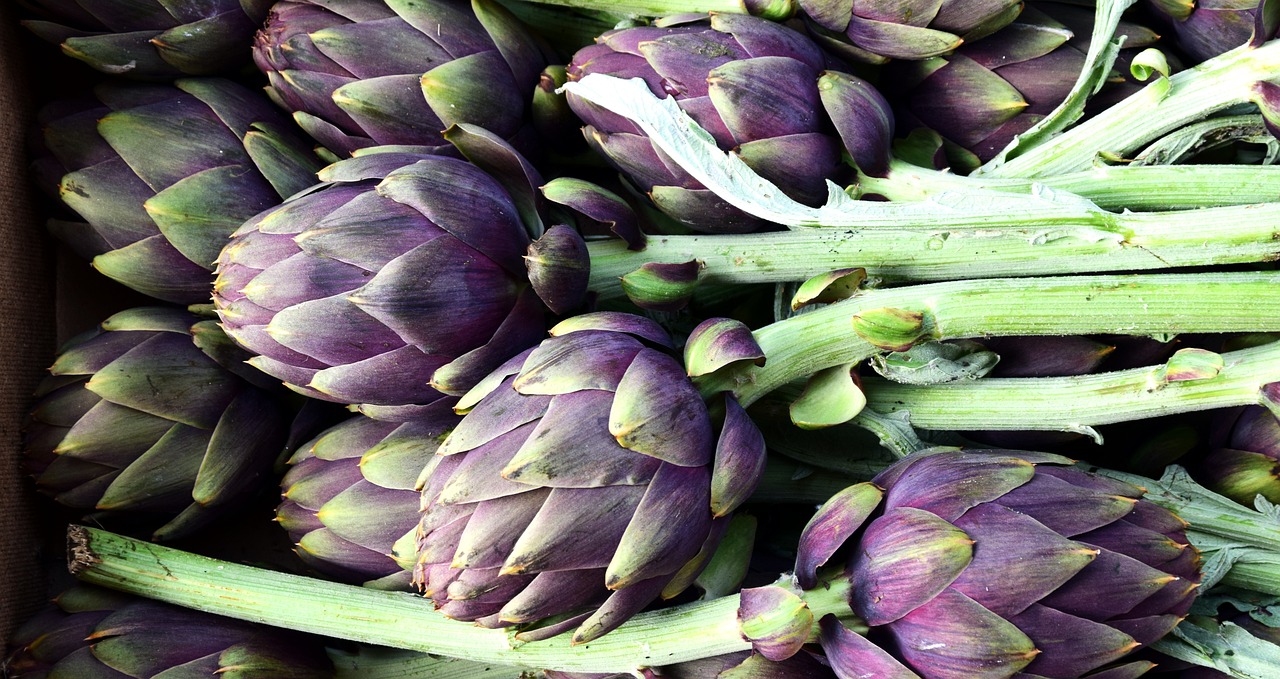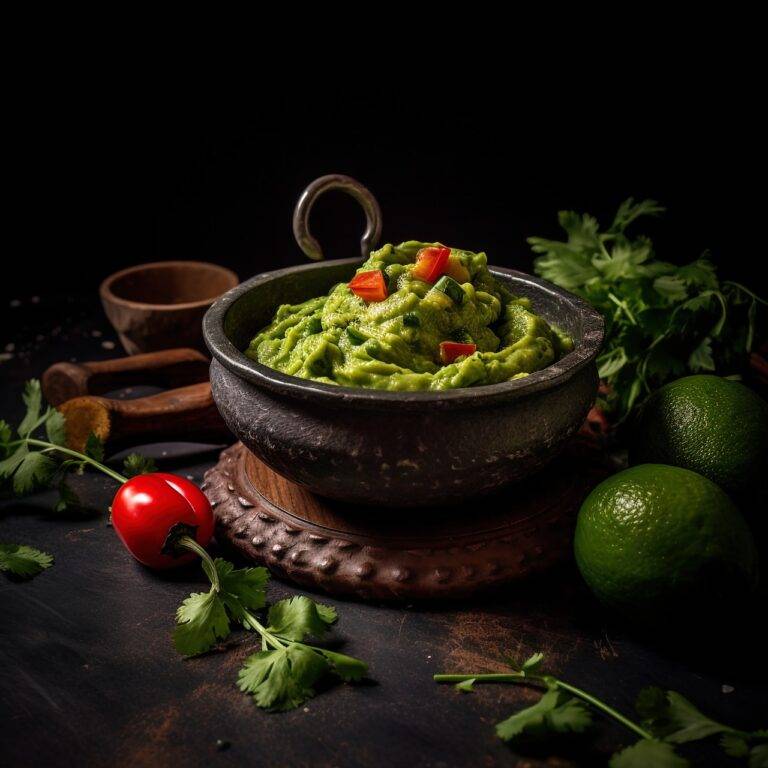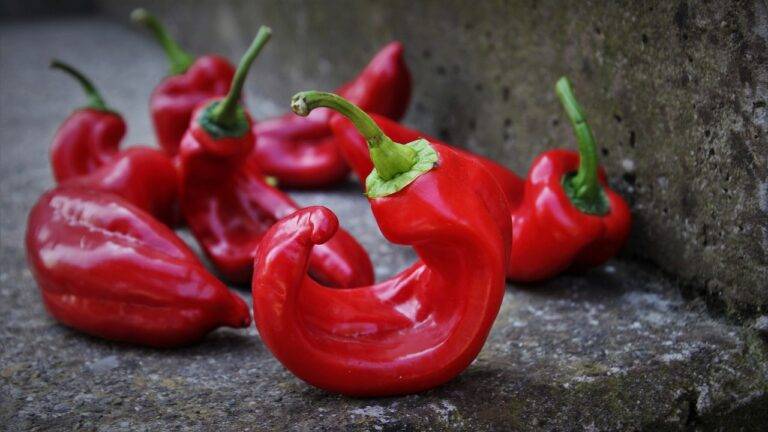Exploring the World of Artisan Cheeses
When it comes to artisan cheeses, there is a wide variety to choose from. Some popular types include creamy Brie, tangy blue cheese, sharp cheddar, and flavorful Gouda. Each type of artisan cheese offers a unique taste and texture that can elevate any dish or charcuterie board.
Exploring the world of artisan cheeses can lead you to discover lesser-known varieties like aged Manchego, smoky Gruyère, nutty Parmigiano-Reggiano, and pungent Roquefort. These cheeses are crafted with care and expertise, resulting in complex flavors that are sure to delight any cheese lover’s palate. Whether you prefer soft, crumbly, or firm cheeses, the diverse range of artisan options ensures there is something for everyone to enjoy.
The History of Artisan Cheeses
Artisan cheeses have a rich history that dates back centuries. From ancient civilizations to medieval Europe, cheese-making has always been considered a valuable skill passed down through generations. The tradition of creating artisan cheeses was often associated with local farms and communities, each with their unique methods and flavors.
As time progressed, artisan cheeses evolved from being a necessity for preserving milk into a delicacy enjoyed by many. With the rise of trade and commerce, different regions began producing their signature cheeses, each one reflecting the local terroir and culture. This led to the development of a diverse range of artisan cheeses, each offering a distinct taste and texture that captured the essence of the land where it was made.
The Process of Making Artisan Cheeses
When it comes to making artisan cheeses, the process involves precise steps and attention to detail. It all starts with sourcing high-quality milk from local farms. The milk is then carefully heated and combined with rennet to form curds, which are cut and stirred to release the whey.
Once the curds have reached the desired texture, they are transferred into molds to shape the cheese. The next stage involves salting the cheese, which helps to enhance the flavor and preserve it during the aging process. After salting, the cheeses are left to mature in carefully controlled conditions, allowing the flavors to develop and intensify over time.





